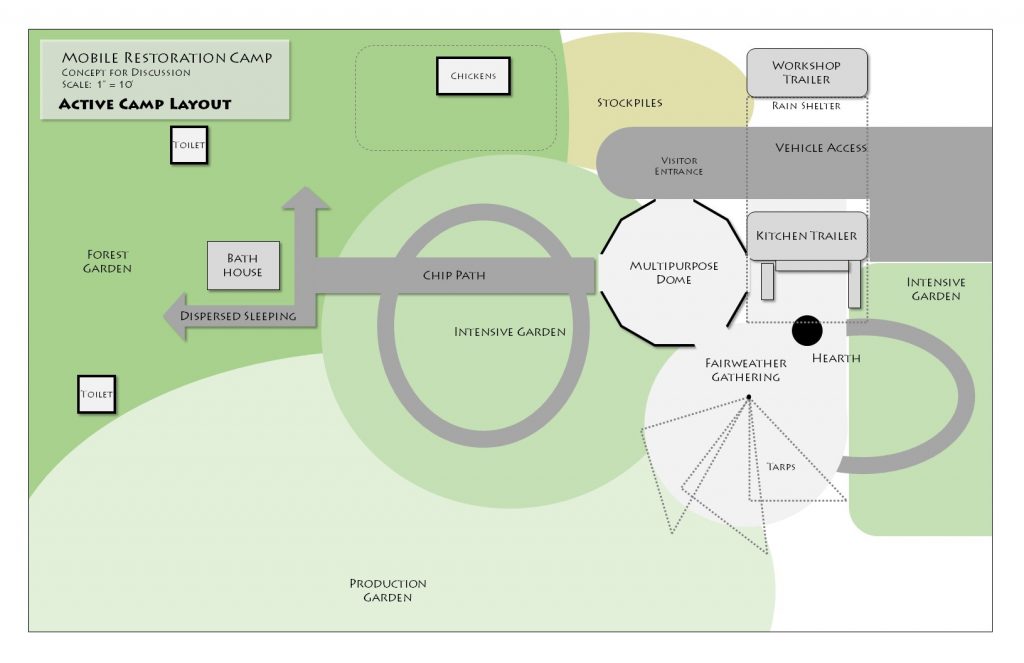The Guild organizes recurring dispersed camps of volunteer professionals and students to provide assessment and services for land managers interested in biocultural restoration. Our prototype on the Skykomish River operates in collaboration with the Snohomish Conservation District and Tulalip Tribes of Washington. Camping while cultivating ecosystems is a 300,000-year-old tradition. We offer a modern version. Biocultural restoration field stations provide efficient services over time at low cost. We do better than leave-no-trace.
Volunteer Enthusiasm, Clear Vision, Professional Stewardship
For every task there is a season. We organize our efforts to follow the rhythms of our lands and waters. We work with partners to cultivate ecosystems as a resource for communities, both human and other-than-human. We build local support for your public trust conservation land-base with a minimum of financial capital, while building local social, experiential, cultural, and ecological capital. We develop ongoing relationships between people and sites, providing experiential opportunities to support regional workforce development.
What is a Field Station?
To establish a field station a site Steward negotiates access to a restoration site with a Host that wants to cultivate common pool resources. The Steward sends an Invitation to the guild to support field station development. Different groups from around the Salish Sea respond to the invitation and attend scheduled camps, living on-site. Guild members share a Handbook and take responsibility for station management. The Steward guides work based on a stewardship plan negotiated with the host.
This pattern distributes responsibility while ensuring accountability and transparency among all roles. Our aim is to cultivate the capacity to gather and restore landscapes with a minimum of management and oversight. Field stations are learning environments, and are open to all levels of expertise. A diversity of skills are needed, and the Steward manages invitations to build a strong station







